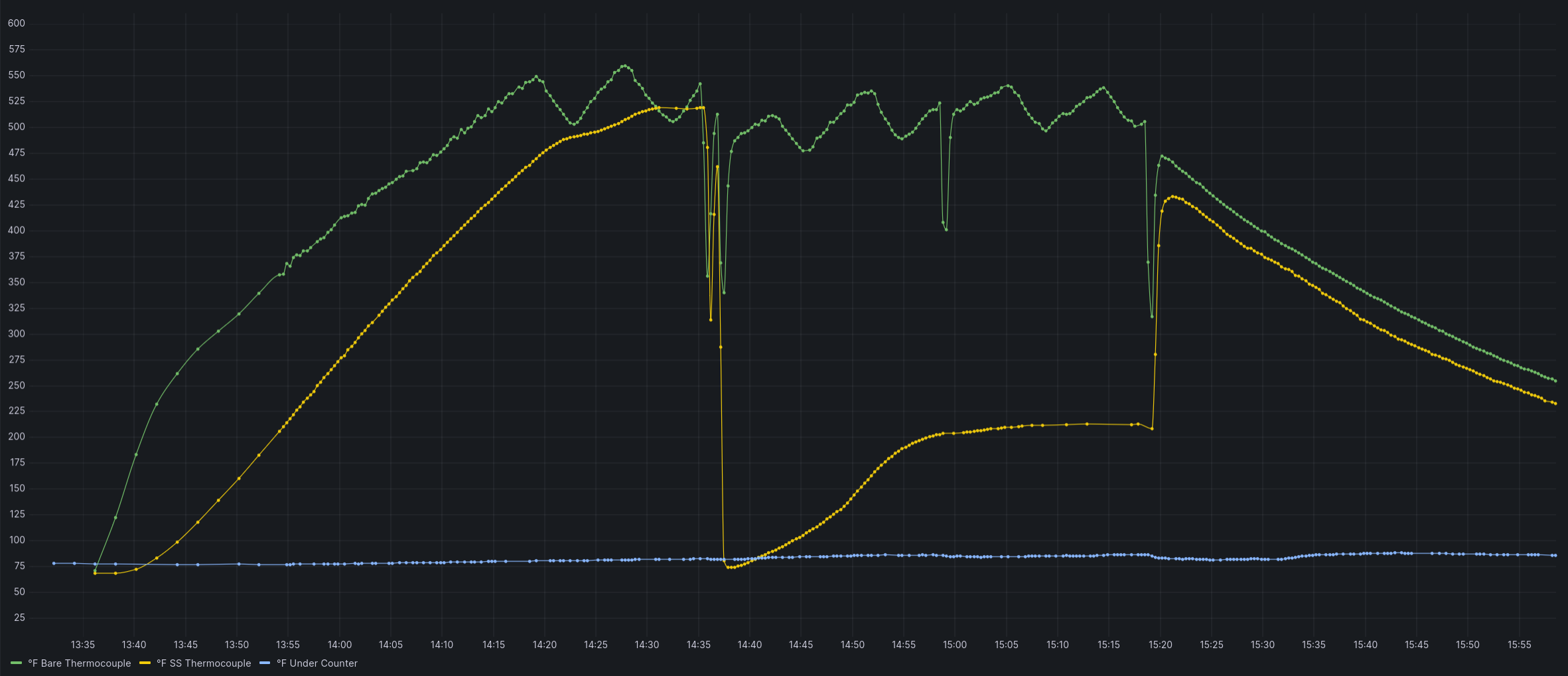this post was submitted on 03 Jan 2024
65 points (100.0% liked)
Bready
1286 readers
1 users here now
Bready is a community for anything related to making homemade bread!
Bloomers, loafs, flatbreads, rye breads, wheat breads, sourdough breads, yeast breads - all fermented breads are welcome! Vienesse pastries like croissants are also welcome because technically they're breads too.
This is an English language only comminuty.
Rules:
- All posts must be bread or baking-related.
- No SPAM and advertising posts. If you want to promote your business - contact mods first to get an approval.
- No NSFW content.
- Try to share your recipe with your photos so everyone is able to recreate it.
- All recipes are public domain, recipe books are not. You can post any recipe invented by someone else, but you cannot post copyrighted work. That means no photos of book pages and screenshots of 3rd party web sites. Write the recipe down in text format instead.
founded 2 years ago
MODERATORS
you are viewing a single comment's thread
view the rest of the comments
view the rest of the comments


Ooh, while your add it, get a hygrometer to track the humidity in the Dutch oven :)
I expect a report on my desk by close of business Monday.
If you know of an appropriate high temperature humidity sensor I'm listening! I don't see one though.
The cheapest way to do it would be to have a sample line connected to the Dutch oven (metal line) that's attached to a dog-eared beaker (with rubber tubing), with the other ear of the beaker being a line attached to something pulling a vacuum (like those vacuum nozzles in chem class connected to the sink outlet). You then place this beaker on a hotplate that keeps it warm (so you don't condense on the glass) and you have a stainless steel cylinder with a rubber outer stopper ring thingy (to seal the beaker). You heat some water to say 190 (I doubt your dew Point is above this temp lol) and then add it to the cylinder. Place a thermocouple in the cylinder and blow air lightly into the tube to lower the temperature. When the cylinder fogs, you have the dew Point temperature of the atmosphere from within the Dutch oven.
Source: This is the same process for getting a dew point of your furnace atmosphere in an industrial setting. The concept is known as a "chilled mirror" dew Point. There are continuous devices that can determine this, but the manual method is cheaper/can withstand higher dew points
If you went for a method using a digital hygrometer, you would still want a sampling line that goes from the Dutch oven, to outside the oven because I'm not aware of any hygrometers that would work in intense heat unless they had their own cooling jacket + cooling system for the mirror & sensor
note: I am trying my best to get a picture of this setup, we use them at work, but searching online is mostly returning inline, digital hygrometers
Edit: Okay, I drew it instead on a sticky note. When the cooling water in the tube makes it fog, that temp on the thermocouple is your dew Point